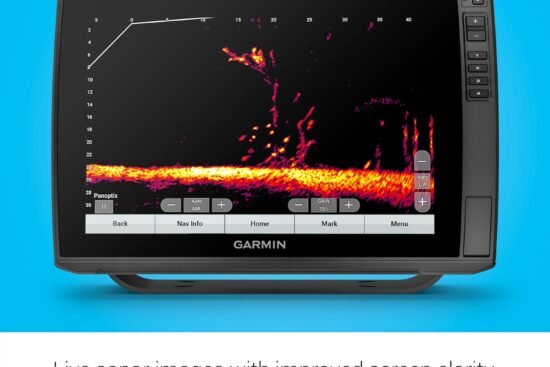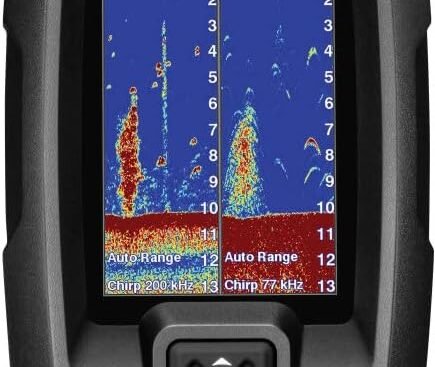If you’re in the market for a new camera, you might be wondering just how many megapixels you need to capture those stunning, high-quality photos. With technology continuously improving and new models flooding the market, it can be a daunting task to determine the optimal megapixel count for your photography needs. In this article, we’ll break down the relationship between megapixels and photo quality, helping you make a more informed decision when choosing your next camera. So, put your worries aside and let’s uncover the truth behind the megapixel myth.
How Many Megapixels Do I Need In A Camera For High-quality Photos?
Understanding Megapixels
When it comes to capturing high-quality photos, the number of megapixels in a camera plays a significant role. A megapixel refers to one million pixels, which are tiny dots that make up an image. The more megapixels your camera has, the higher the resolution of the image it can capture. However, before we delve into the ideal megapixel count for high-quality photos, let’s understand the relationship between megapixels and image quality.
Megapixels vs Image Quality
Contrary to popular belief, the number of megapixels alone does not determine the overall image quality. While having more megapixels can result in higher-resolution photos, there are several other factors that contribute to the final image quality. These factors include the type of photography, print size requirements, post-processing needs, lens quality and compatibility, sensor size, and pixel density.
![]()
Factors Affecting Image Quality
To capture truly high-quality photos, it’s important to consider various factors that directly impact the final image output. One such factor is the type of photography you engage in. For instance, if you primarily shoot landscapes, a higher megapixel count can help capture intricate details. On the other hand, if you specialize in action or sports photography, a camera with a lower megapixel count may be more suitable, as it can offer better low-light performance and faster burst rates.
Print size requirements also play a role in determining the ideal megapixel count. If you often print large-sized photos, such as posters or billboards, a higher megapixel count is recommended to ensure sharpness and detail. However, for standard-sized prints like 8×10 inches or smaller, even a camera with a 12 to 16 megapixel range can produce exceptional results.
Post-processing needs should also be taken into consideration. If you heavily rely on editing software to enhance and manipulate your images, a higher megapixel count can provide more flexibility. Additional pixels offer more information to work with and reduce the risk of image degradation during post-processing.
Determining the Right Megapixel Count
To determine the appropriate megapixel count for your camera, it’s essential to consider a combination of factors. While there is no one-size-fits-all answer, the following considerations can help you make an informed decision:
![]()
Type of Photography
As mentioned earlier, the type of photography you engage in plays a crucial role in determining your megapixel needs. Portrait and product photographers typically benefit from cameras with medium to high megapixel counts to capture intricate details. Alternatively, if you primarily shoot fast-paced events or wildlife, a camera with a lower megapixel count and better low-light capabilities may be more suitable.
Print Size Requirements
If you frequently print your photos, it’s important to consider the size at which you want to reproduce your images. For smaller prints like 4×6 inches or 5×7 inches, a camera with a 12 to 16 megapixel range should suffice. However, for larger prints like 20×30 inches or beyond, opting for a camera with a higher megapixel count, ideally in the 24 to 36 range, can ensure better detail and sharpness.
Post-Processing Needs
If you enjoy post-processing your photos to bring out their full potential, a higher megapixel count can offer several advantages. More pixels provide greater flexibility when cropping, editing, or resizing images. If your workflow heavily relies on software like Adobe Photoshop or Lightroom, opting for a camera with 20 megapixels or more is recommended.
Lens Quality and Compatibility
While megapixels are important, lens quality and compatibility also greatly impact image quality. Investing in high-quality lenses that match the performance of your camera body can significantly enhance the sharpness and overall quality of your photos. A lens with a wide aperture and excellent optics can compensate for lower megapixels by delivering stunning images with exceptional detail and clarity.
Sensor Size and Pixel Density
Another crucial factor in achieving high-quality photos is the size of the camera’s sensor and the pixel density it offers. A larger sensor size, such as a full-frame or APS-C sensor, allows for larger pixels, resulting in improved low-light performance and dynamic range. Cameras with higher pixel density, on the other hand, tend to have smaller pixels and can sacrifice some low-light capabilities. Ultimately, striking the right balance between sensor size and pixel density is essential for optimal image quality.
Budget Considerations
Last but not least, budget plays a significant role in determining the megapixel count of your camera. Higher megapixel cameras tend to come at a premium price. However, it’s worth noting that investing in a camera with excessive megapixels may not always be necessary unless your specific requirements demand it. Carefully evaluate your budget and prioritize your photography needs to find a camera that offers a balanced combination of image quality and affordability.
In conclusion, while the number of megapixels in a camera is an important consideration for capturing high-quality photos, it is not the sole determining factor. Factors such as the type of photography, print size requirements, post-processing needs, lens quality, sensor size, and pixel density all play a crucial role in achieving outstanding image quality. By carefully considering these factors and finding the right balance, you can select a camera that meets your specific requirements and captures stunning high-resolution photos.




